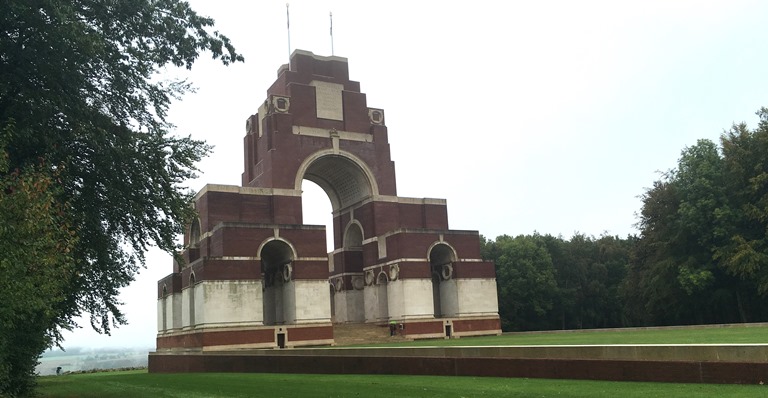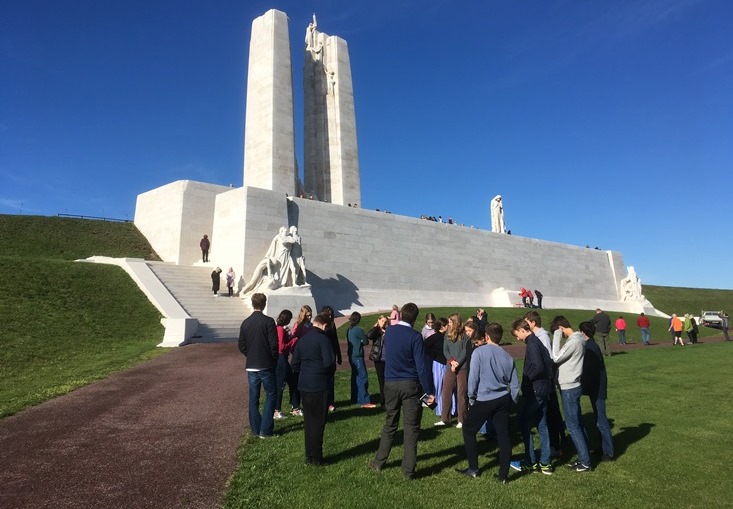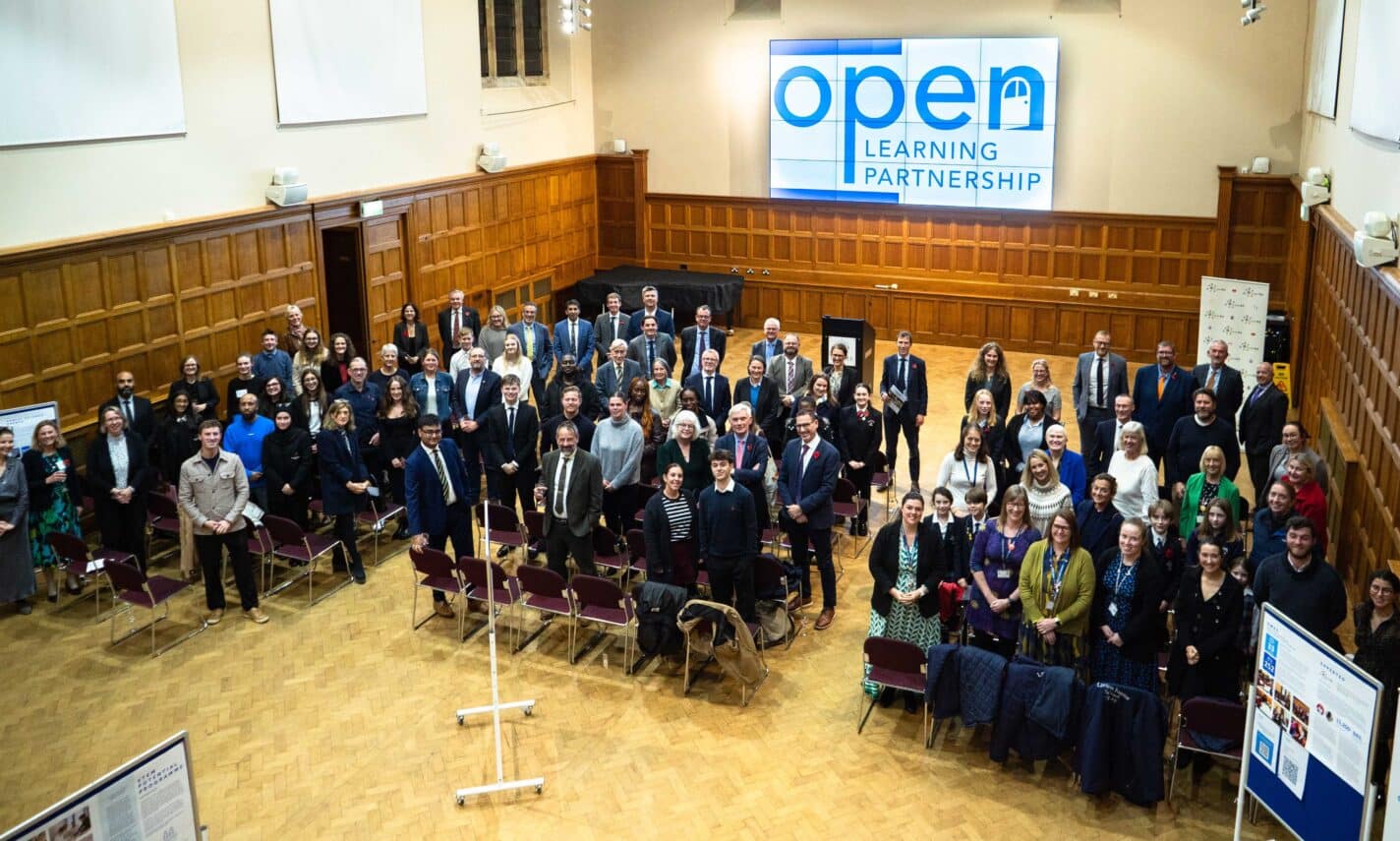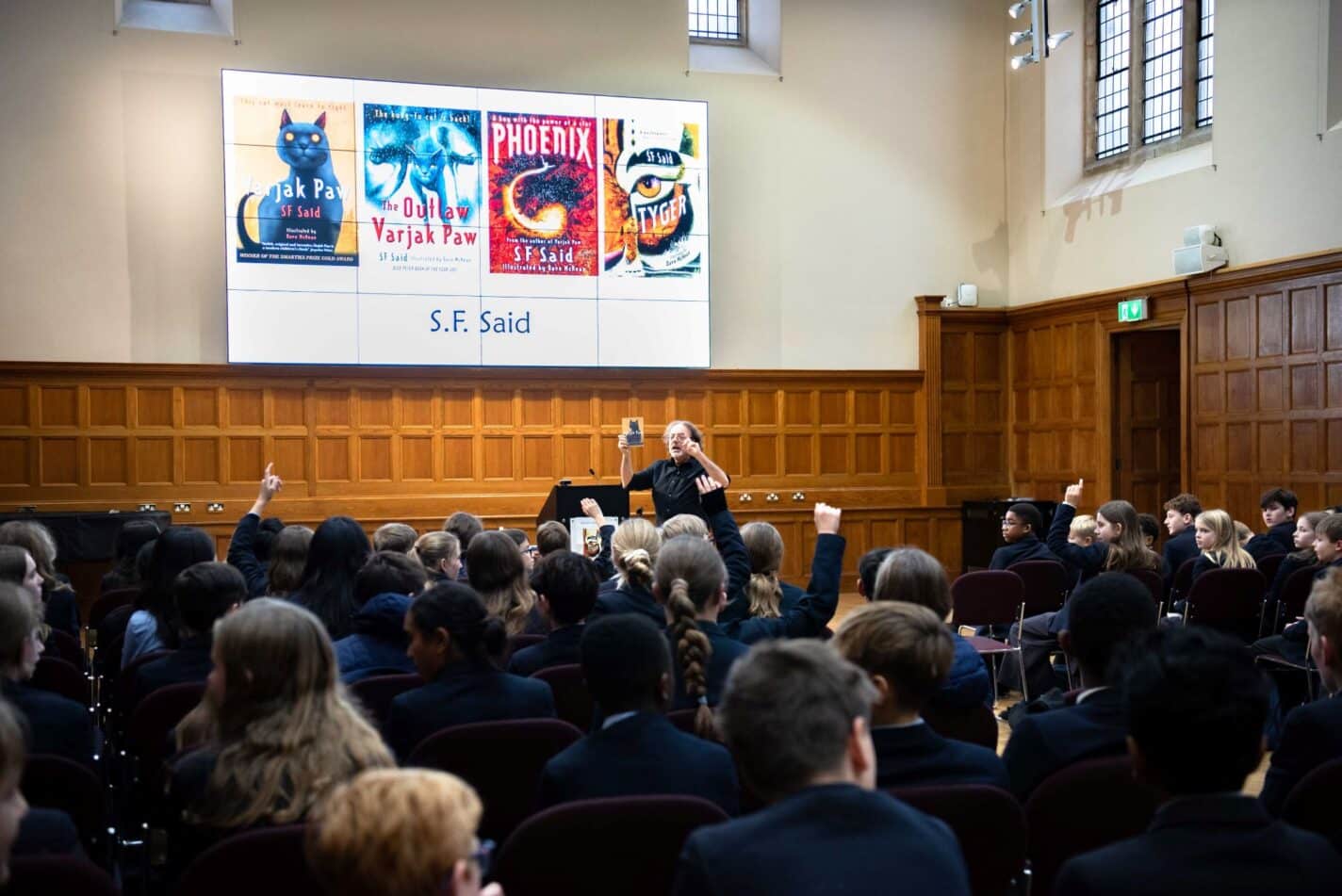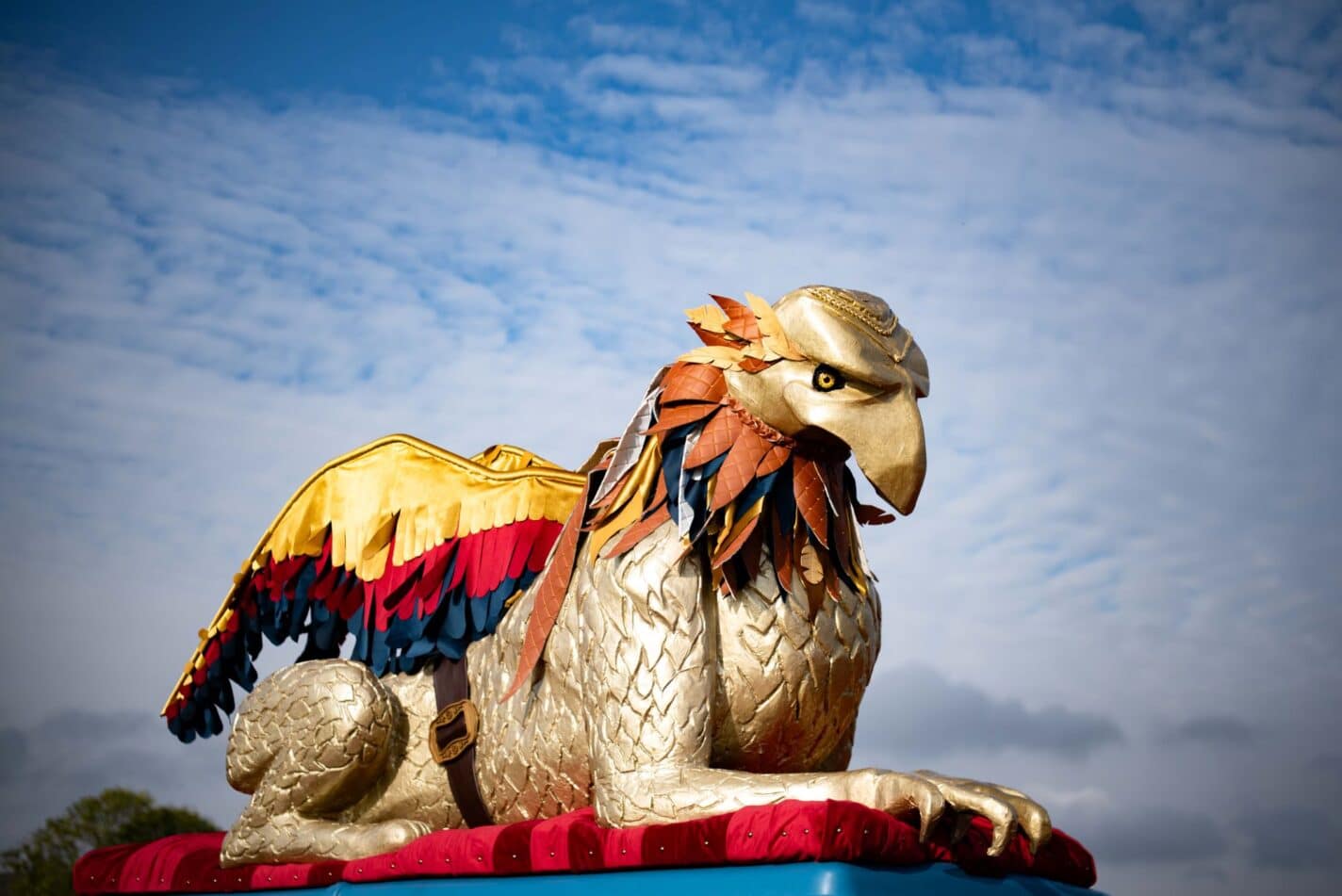Over Field Weekend the CCF Band and the Fourth Form went to France to commemorate the Old Oundelians who died during World War I. It is only by visiting the battle fields, cemeteries and memorials that one can truly understand the scale of loss suffered during WWI.
On the journey to France the CCF stopped at reconstructed WWI trenches which replicated the conditions in which the men lived and fought. I had always imagined No Man’s Land to be a massive area and could hardly believe that at times the two sides were only 30 metres apart; so close in fact that they could smell their rival’s coffee. When we arrived in France, we went to the St Mary’s ADS Cemetery where Rudyard Kipling’s son John Kipling is buried. Scanning the grave stones I noticed how many were inscribed with “Known unto God”. In this cemetery alone, there were over 1,500 graves of unknown soldiers whose families never knew their final resting place.
On Sunday, the Band and the Fourth Form split up, and while the Fourth Form visited different cemeteries and laid wreaths on the graves of OOs, the Band followed the footsteps of soldiers, re-tracing where the trenches had been and getting a feel for the battle. We visited several cemeteries on the walk, remembered the fallen OOs at each, and listened to our History teachers who described the battles fought at each location. We also walked along a part of the sunken lane where a film was made during the war of the soldiers going over the top, and saw the crosses where each named soldier went over. We also visited a German cemetery and noticed the difference between the white stones of the British graves and the black crosses of the German cemeteries.
At Theipval the 72,000 names inscribed on the memorial of the missing men had a big impact. Sunday ended with a service at the Theipval Memorial accompanied by the CCF Band, during which each Fourth Form pupil and Band member laid a cross of remembrance for each OO who had died during the War.
On our final day, we visited the Canadian memorial at Vimy Ridge where there were a further 60,000 inscribed names of missing and unidentified soldiers. I kept thinking about how, at the time, those soldiers were my brother’s age now.
Anyone can visit these places and see all the same sights, but we benefited from having History teachers as guides who were able to talk us through events that had taken place 100 years ago at the exact place where we were standing.
We will all remember this experience, and all those brave men who died, both known, and those known only unto God.
Emma Bruce-Gardyne (N)


